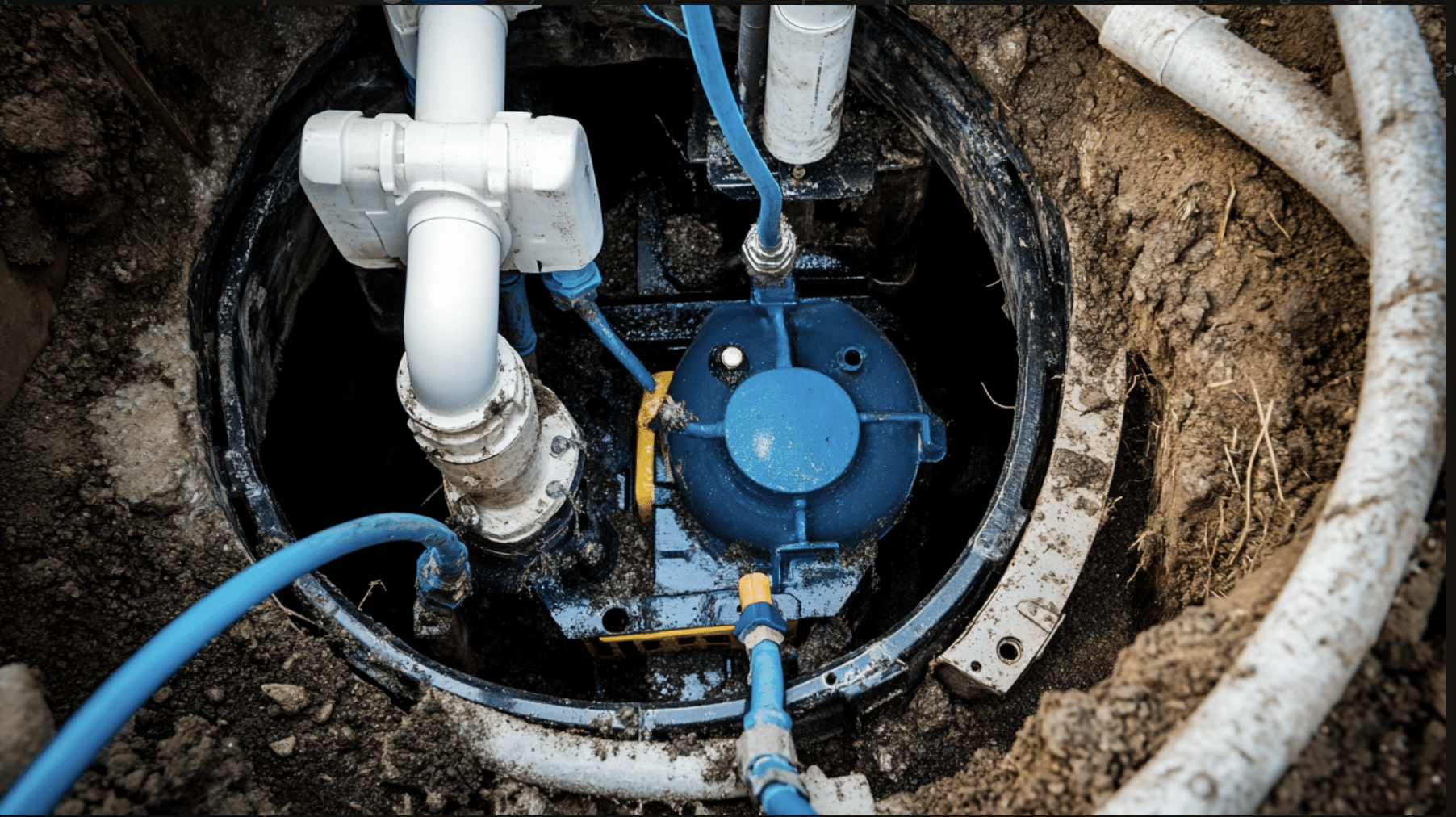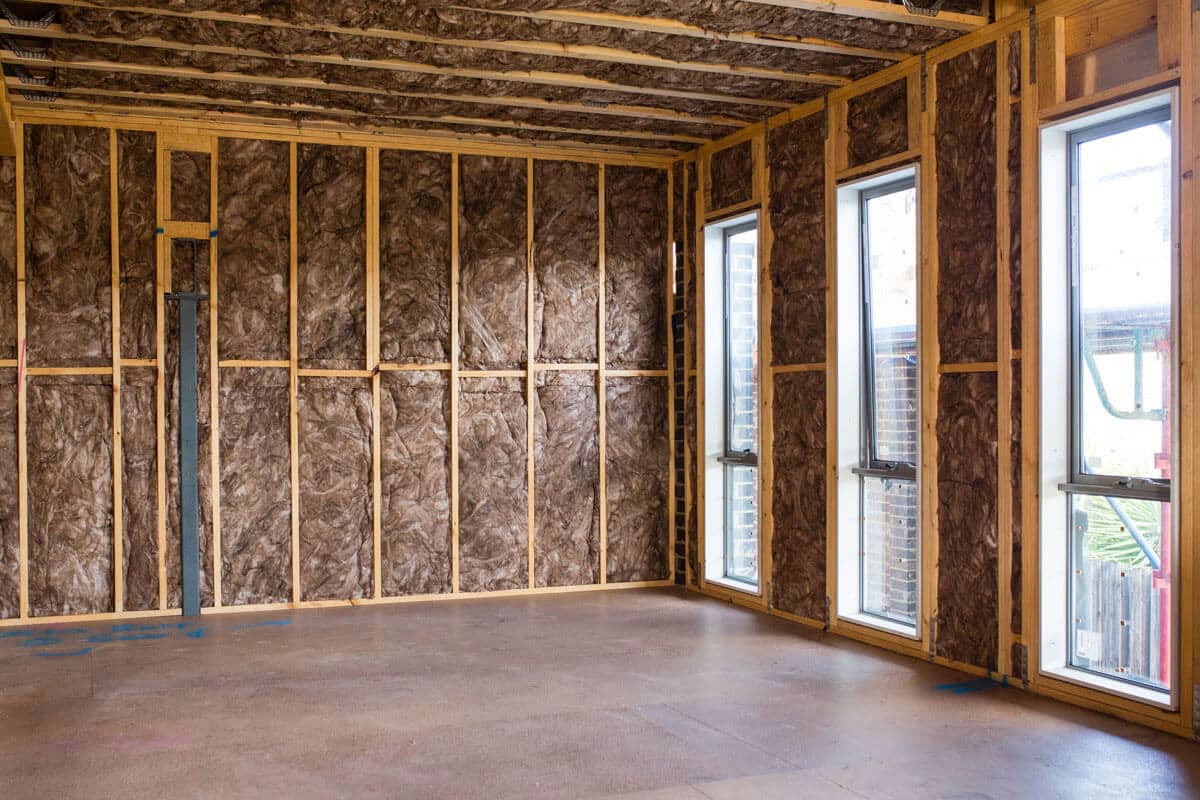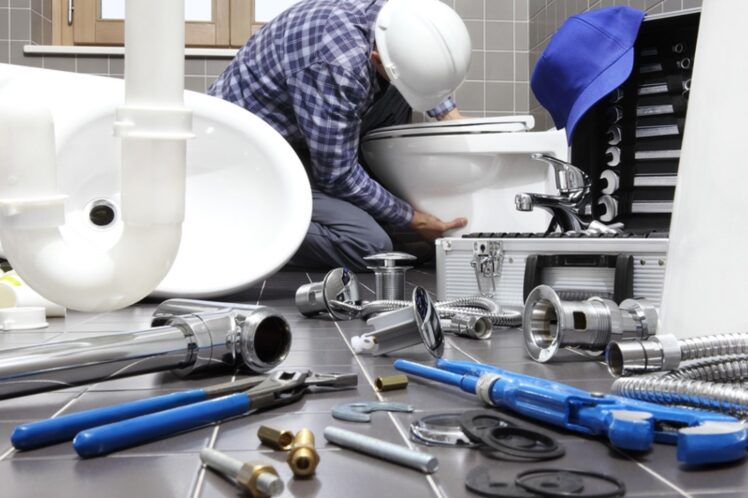A Guide to Select the Right Sump Pump for Your Home
Has your basement ever resembled a swimming pool after a heavy rain? You’re not alone.
Many homeowners struggle to choose the right sump pump to keep their lower levels dry. The good news is that we’re here to simplify that decision.
This guide will simplify the world of sump pumps, focusing on the two main types: pedestal and submersible.
We’ll break down their strengths, weaknesses, and ideal use cases.
By the time you finish reading, you’ll be equipped with the knowledge to select the perfect sump pump for your home, ensuring your basement stays dry and your foundation remains protected.
What is a Sump Pump?
A sump pump is your home’s first defense against water damage in basements and crawl spaces.
This device sits in a basin or “sump pit” in the lowest part of your home, working tirelessly to redirect water away from your foundation.
By doing so, it prevents costly structural damage and mold growth.
Key Factors in Choosing a Sump Pump
When selecting a sump pump, it’s important to consider several crucial factors:
1. Frequency and Severity of Flooding
If you experience frequent or severe flooding, a powerful submersible pump might be your best bet.
For occasional, minor water issues, a pedestal pump could suffice.
2. Budget Considerations
Pedestal pumps are generally more affordable upfront, but submersible pumps may offer better long-term value in high-use situations.
3. Maintenance Preferences
Pedestal pumps are easier to access for maintenance, while submersible pumps require less frequent attention but can be trickier to service.
By weighing these factors against your specific needs, you’ll be well on your way to choosing the right sump pump for your home.
Main Types of Sump Pumps
When it comes to keeping your basement dry,
There are two main types of sump pumps: pedestal and submersible.
Each type has its strengths and is suited to different home situations.
Let’s dive into the details of these pumps to help you make an informed decision for your home.
1. Pedestal Sump Pumps
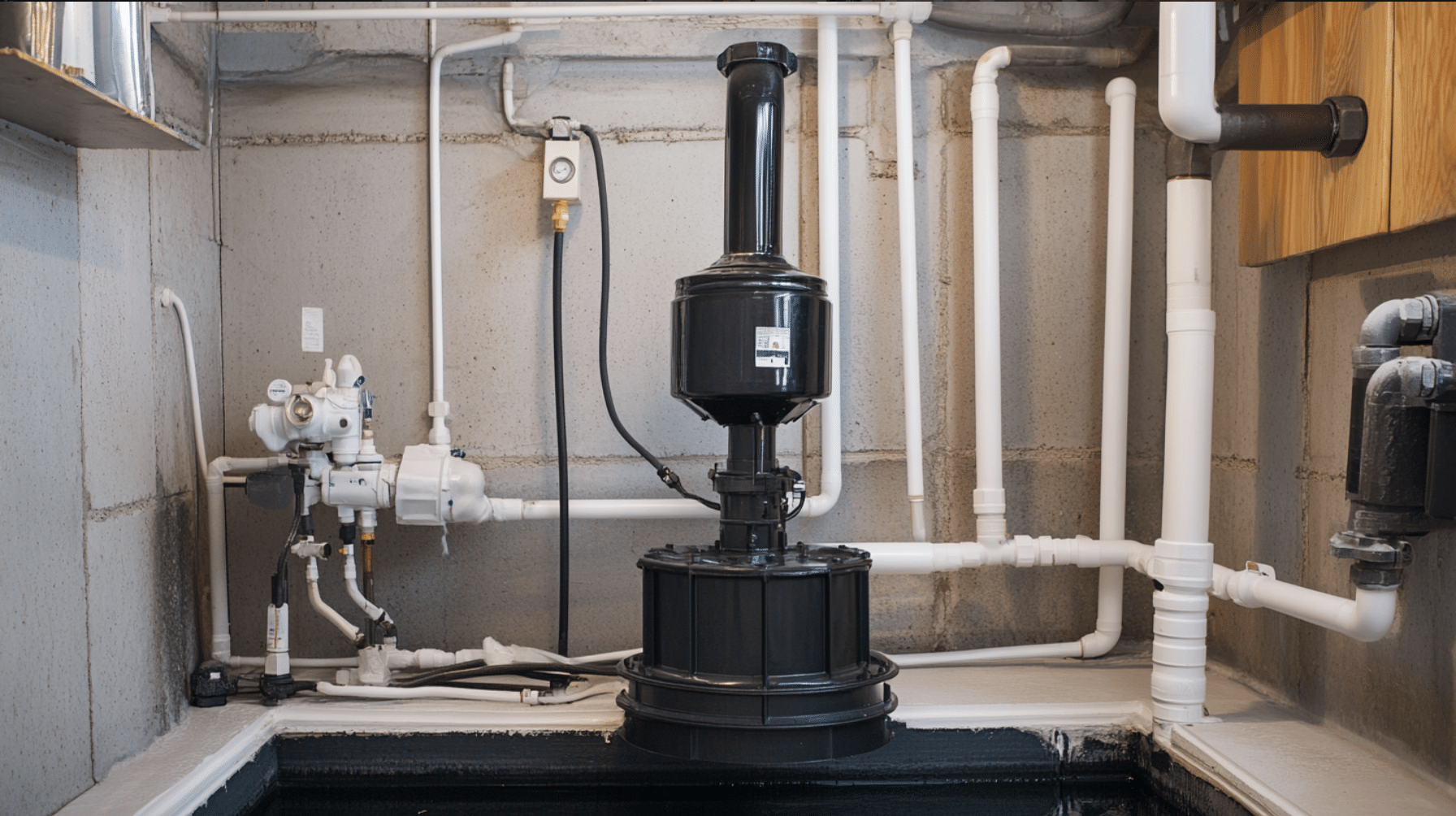
Pedestal sump pumps have their motor sitting above the water.
Think of them as having a long stick (the pedestal) with the pump at the bottom and the motor on top.
This design makes them easier to check on and fix.
They’re known to last long, often up to 25 years with proper care.
Pros
- Friendly on the wallet: They usually cost less to buy.
- Easy to fix: You can reach the motor without much trouble.
- Fit in tight spaces: Good for smaller or not-so-deep pits.
Cons
- Can be loud: The motor is out in the open, so you might hear it working.
- Not as strong: They might struggle with lots of water.
2. Submersible Sump Pumps
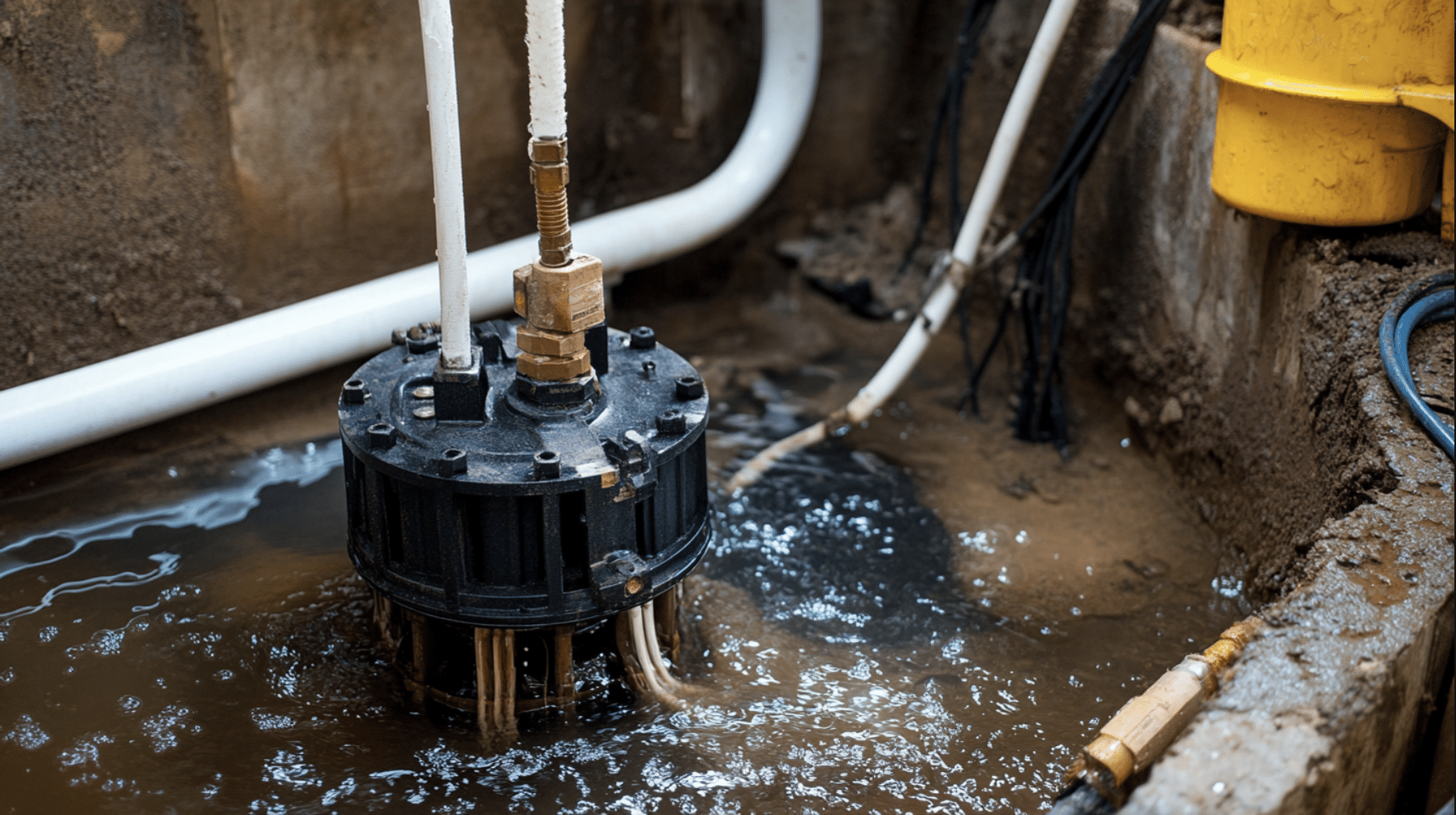
Submersible sump pumps sit entirely underwater in the pit.
They have a sealed motor to keep water out.
These pumps are stronger and can handle small bits of dirt or sand that might come with the water.
Pros
- Quiet worker: Being underwater helps muffle the sound.
- Handles lots of water: Great for areas that get very wet.
- Out of sight: Hides away in the pit, saving space in your basement.
Cons
- Costs more: You’ll need to spend more upfront for this type.
- Might need replacing sooner: Often lasts 5 to 15 years.
- Tricky to fix: Being underwater makes it harder to reach for repairs.
In-Depth Comparison and Selection Criteria of Pumps
Choosing the right sump pump goes beyond picking between pedestal and submersible types.
Let’s examine the key factors that can make or break your decision, ensuring you select the perfect pump for your home’s unique needs.
1. Performance Considerations
When considering the performance of a sump pump, two key factors stand out:
Pedestal Pumps
- These are like the steady runners of the pump world.
- They’re not built for sprints but can handle a good jog.
- A pedestal pump can be just right for homes that don’t see floods often or where water issues are mild.
- They typically come with 1/3 to 1/2 horsepower motors, which is enough for many homes.
Submersible Pumps
- Think of these as the powerlifters.
- They’re built to move a lot of water fast.
- If your home is in a flood-prone area or you have a big basement, a submersible pump might be your best bet.
- They often come with 3/4 to 1 horsepower motors, giving them the muscle to handle heavy water flow.
2. Durability and Lifespan
Pedestal Pumps
- These pumps are like the tortoises in the race – slow and steady wins.
- Because their motors stay dry, they often last longer, sometimes up to 25-30 years, with good care.
- They’re built to keep going, making them a great long-term investment.
Submersible Pumps
- Submersible pumps are more like the hares – quick and powerful, but they might not last as long.
- Being underwater all the time can be tough on a pump.
- They typically last about 5-15 years. But don’t let that shorter lifespan fool you – they work hard while at it.
3. Maintenance and Accessibility
When considering the maintenance and accessibility of a sump pump, two key factors stand out:
Pedestal Pumps
- These pumps are the champions of easy upkeep.
- With their motors perched above the water, you can easily check on them or make repairs without getting your hands too wet.
- It’s like having a mechanic-friendly pump – you can spot issues quickly and fix them without much fuss.
Submersible Pumps
- Think of these as the deep-sea divers of the pump world.
- They’re tougher to reach since they’re underwater.
- When it’s time for a check-up or fix, you might need to roll up your sleeves and get wet.
- It’s not impossible, but it does require more effort.
4. Installation and Space Requirements
Pedestal Pumps
- These pumps are like the tall, skinny kids in class.
- They don’t need a deep pit, which is great if you have a shallow basement or crawl space.
- However, they stick above the ground, so you must watch your step around them.
- They’re perfect for homes with limited space, but you’ll want to keep curious kids and pets away.
Submersible Pumps
- Submersible pumps are the hide-and-seek champions.
- They are tucked away entirely in the sump pit, making them ideal for keeping your basement looking tidy.
- You’ll need a deeper pit for these, but once they’re in, they’re out of sight and out of mind.
- This makes them safer in homes with little ones or furry friends running around.
5. Cost Factors
When determining the cost of a sump pump, it’s important to consider more than just the pump’s price tag.
It would be best if you considered the whole picture.
This includes the installation cost, the frequency with which parts must be fixed or replaced, and the energy it uses to run.
Some pumps might cost more to buy but could save you money if they last longer or use less electricity.
Pedestal Pumps
- Think of pedestal pumps as the budget-friendly option upfront.
- They’re like buying a reliable used car—less expensive and, with proper care, able to keep running for years.
- These pumps often last up to 25 years, so you might not need to replace them as frequently.
- However, remember that their exposed motor might need more frequent check-ups, similar to regular oil changes for your car.
Submersible Pumps
- Submersible pumps are more like investing in a new, high-tech vehicle.
- They cost more initially, but they’re built to handle tough jobs.
- While they typically last 5 to 15 years, their powerful performance might save you money on potential water damage in the long run.
- It’s like paying extra for a car with advanced safety features – it might prevent costly accidents.
6. Warranty and Service Options
Pedestal Pumps
- These pumps often come with longer warranties, sometimes up to 5 years.
- It’s like buying a simple appliance with a solid guarantee.
- When it comes to servicing, many homeowners find they can handle basic maintenance themselves, saving on service calls.
- However, you might still need a professional for major issues, just like calling a mechanic for complex car problems.
Submersible Pumps
- Submersible pump warranty is usually shorter, often around 1 to 3 years.
- It’s similar to warranties on more complex electronics.
- You’ll likely need to call in the pros more often for servicing.
- It’s like having a high-performance car – you’ll want an expert to handle it when something goes wrong.
- Some companies offer extended warranties or service plans, which might be worth considering given the pump’s complexity and importance.
7. Battery Backup Systems
These are like having a backup generator for your pump.
Pedestal Pumps
- Adding a battery backup for pedestal pumps is usually straightforward and can be done without much fuss.
- It’s like plugging in an extra power bank.
Submersible Pumps
- Battery backups are often built-in or require a more complex setup for submersible pumps.
- Think of it as having a backup engine in your car – it’s there when you need it, but it’s not something you see or think about every day.
8. Alarms and Monitoring Systems
These are the watchdogs for your sump pump.
Pedestal Pumps
- For pedestal pumps, alarms are usually separate units that you can easily install yourself.
- It’s like adding a smoke detector to your home.
Submersible Pumps
- Submersible pumps often have built-in alarms, but you can also add more advanced monitoring systems.
- These are similar to having a high-tech security system for your home – they can send alerts to your phone and provide detailed information about your pump’s performance.
Which Pump to Choose?
Choosing the right pump depends on your home’s needs.
- A submersible pump might be your best bet if you often deal with lots of water.
- It’s like having a strong swimmer on your team.
- A pedestal pump could be fine for homes that only occasionally see water.
- It’s more like having a reliable lifeguard on duty.
Remember, there’s no one-size-fits-all answer. Your home is unique, just like you.
That’s why it’s a good idea to talk to an expert. They can look at your situation and help you make the best choice.
It’s like getting advice from a doctor – they can give you personalized recommendations based on your ‘symptoms’.
When putting in your new pump, consider calling in the pros.
They know all the tricks to ensure your pump works at its best. It’s like having a skilled mechanic install a new part in your car—they’ll make sure everything is running smoothly.
Ultimately, the right pump will dry your basement and give you peace of mind. And that’s worth its weight in gold!
What are the Next Steps You Should Take?
Now that you’ve chosen your sump pump, here’s what you should do next:
1. Set a maintenance schedule: Mark your calendar to check your pump every few months. It’s like scheduling regular health check-ups.
2. Learn the basics of pump care: Know how to test your pump by pouring water into the pit and watching it turn on.
3. Keep the area around your pump clean: Remove any debris you see in the pit. Think of it like keeping your kitchen sink drain clear.
4. Listen for unusual noises: If your pump starts making strange sounds, it might need attention.
5. Find a reliable professional: Look for a local expert to help with installation and future maintenance.
You can:
- Ask neighbors for recommendations.
- Check with nearby plumbing companies.
- Look into services offered by home improvement stores
6. Save the pump’s manual and warranty information: Keep these safe for future reference.
7. Add extra features: Like a battery backup or alarm system, if you haven’t already.
Remember, taking good care of your pump now can prevent big problems later. It’s all about being prepared and proactive!
Conclusion
Choosing the right sump pump is crucial in protecting your home from water damage.
Whether you opt for a pedestal pump with its easy maintenance and lower cost or a submersible pump with its powerful performance and quiet operation, the key is to match the pump to your specific needs.
Remember, factors like the frequency of flooding, your budget, and your maintenance preferences all affect your decision.
Don’t hesitate to consult with professionals for personalized advice and installation.
Once you’ve decided, regular maintenance will keep your pump running smoothly for years.
With the right sump pump in place, you can rest easy knowing your basement will stay dry, your foundation protected, and your home safe from water-related woes.
Your peace of mind is worth the effort!

